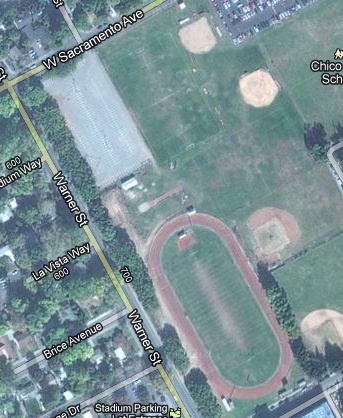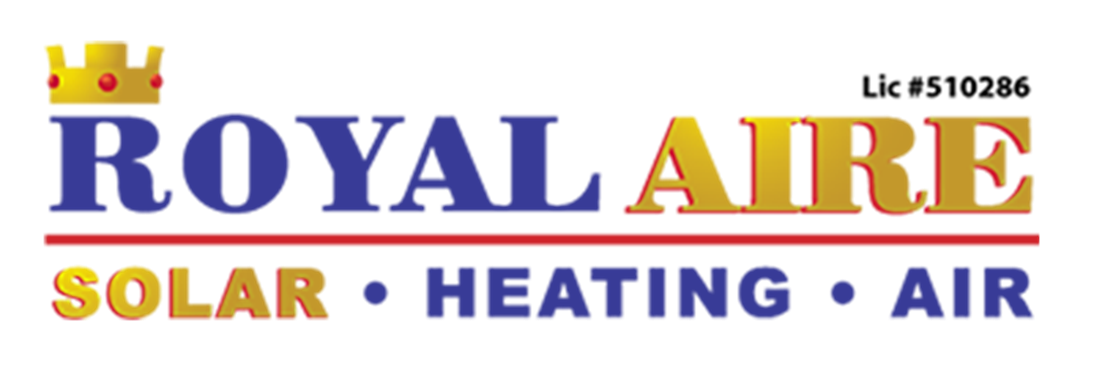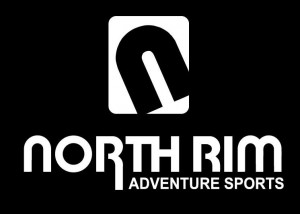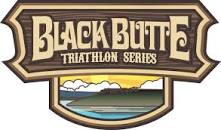 As you probably know, tonight's track workout has been moved to Chico High due to a JV football game at PV. The Chico High track is east of Warner Street and south of West Sacramento. Parking is available north of the track off of W. Sac.
As you probably know, tonight's track workout has been moved to Chico High due to a JV football game at PV. The Chico High track is east of Warner Street and south of West Sacramento. Parking is available north of the track off of W. Sac.
Last week, Sean and I ran Best of the East, one of my favorite (and most taxing) track workouts. I'm planning on it again tonight. If anyone's interested, I posted a description on the Training page of the website.
Greg Watkins














 If you are like many endurance athletes, you prefer to train first thing in the morning. One of the most common issues I address with the athletes I coach around the world is their pre-training fuel (or the lack thereof). A number of athletes choose not to eat or drink anything prior to their early morning workout. In questioning athletes over the years on why they choose not to eat prior to exercise, they respond by saying; “I am just not hungry in the morning.” “My stomach gets upset if I eat anything.” “I am trying to lose weight, so if I do not eat before exercise, I will lose more weight.” “I am only going to train for 45 minutes to one hour, so I do not need calories for this workout; I will just drink water.”
If you are like many endurance athletes, you prefer to train first thing in the morning. One of the most common issues I address with the athletes I coach around the world is their pre-training fuel (or the lack thereof). A number of athletes choose not to eat or drink anything prior to their early morning workout. In questioning athletes over the years on why they choose not to eat prior to exercise, they respond by saying; “I am just not hungry in the morning.” “My stomach gets upset if I eat anything.” “I am trying to lose weight, so if I do not eat before exercise, I will lose more weight.” “I am only going to train for 45 minutes to one hour, so I do not need calories for this workout; I will just drink water.” The solution to the above scenario is to top off your tank. We want to top off our glycogen stores upon awakening. When you train on a full tank of gas, your performance will be that much greater (as will your recovery; better recovery leads to better performance). You will notice that you will be able to train harder at lower heart rates, you will feel more “alive” during your workout, and your post-training soreness will be minimized. You may still question the whole “upset stomach issue” with pre-training nutrition. Well, just as you have trained your body to run, bike, etc. for certain distances, you can train your GI system to handle pre-workout fuel as well.
The solution to the above scenario is to top off your tank. We want to top off our glycogen stores upon awakening. When you train on a full tank of gas, your performance will be that much greater (as will your recovery; better recovery leads to better performance). You will notice that you will be able to train harder at lower heart rates, you will feel more “alive” during your workout, and your post-training soreness will be minimized. You may still question the whole “upset stomach issue” with pre-training nutrition. Well, just as you have trained your body to run, bike, etc. for certain distances, you can train your GI system to handle pre-workout fuel as well. Let’s examine some pre-training fuel that will take your workouts to the next level. If you are not accustomed to fueling before workouts, no worries; let’s crawl before we walk. Liquid calories are a great place to start. These tend to be easily tolerated by one’s digestive system. Ideally, you want to find a pre-workout fuel that contains carbohydrates as well as some protein and dietary fat (the amount of total calories will vary based on your body weight, gender, length of workout, intensity of workout, etc.). One big advantage to liquid calories is that you can ingest these liquids just minutes prior to your workout without any gastrointestinal (GI) distress. Many athletes have an ‘iron-gut’ and can handle a variety of pre training fuel sources. Solid fuel works very well; for example, a bagel and peanut butter will help to power you through a workout.
Let’s examine some pre-training fuel that will take your workouts to the next level. If you are not accustomed to fueling before workouts, no worries; let’s crawl before we walk. Liquid calories are a great place to start. These tend to be easily tolerated by one’s digestive system. Ideally, you want to find a pre-workout fuel that contains carbohydrates as well as some protein and dietary fat (the amount of total calories will vary based on your body weight, gender, length of workout, intensity of workout, etc.). One big advantage to liquid calories is that you can ingest these liquids just minutes prior to your workout without any gastrointestinal (GI) distress. Many athletes have an ‘iron-gut’ and can handle a variety of pre training fuel sources. Solid fuel works very well; for example, a bagel and peanut butter will help to power you through a workout. As an endurance athlete, you want to spare glycogen in order to facilitate fat as your primary fuel source. In order to spare glycogen, you must load and reload your muscle glycogen. When your body begins to spare glycogen, your body’s efficiency will increase. In time, you will find yourself training longer, harder and faster at the same or lower heart rates.
As an endurance athlete, you want to spare glycogen in order to facilitate fat as your primary fuel source. In order to spare glycogen, you must load and reload your muscle glycogen. When your body begins to spare glycogen, your body’s efficiency will increase. In time, you will find yourself training longer, harder and faster at the same or lower heart rates. Dr. Rick Kattouf II is the CEO/Founder of TeamKattouf, Inc., Host of Rx Nutrition,
Dr. Rick Kattouf II is the CEO/Founder of TeamKattouf, Inc., Host of Rx Nutrition,



